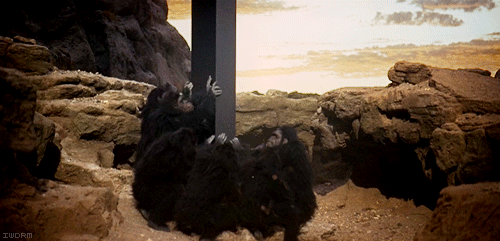In a preceding post, Mike, N6TWW, discussed the calculations he made in order to develop a phasing harness for a couple of VHF antennas. I borrowed on his numbers to further ingrain this poor boy's TDR technique.
(1) Speed of light = 186,000 miles per second.
(2) 186,000 x 5,280 = 982,080,000 feet per second.
(3) 982,080,000 / 1,000,000,00 = 0.98208 feet per nanosecond.
(4) 0.98208 feet = 11.78 inches.
(5) Light travels 100% in free space but travels only as fast as the velocity factor along a cable.
(6) The velocity factors of popular cables are:
CABLE - VF
RG-8 - .66
LMR-400 - .85
RG-8X - .84
RG-11 - .75
RG-58 - .66
LMR-195 - .83
RG-59 - .82
RG-62 - .84
RG-174 - .66
RG-213 - .66
RG-214 - .66
RG-217 - .66
RG-218 - .66
RG-316 - .79
RG-400 - .695
LMR-500 - .85
LMR-600 - .86
1/2 HARD - .81
7/8 HARD - .81
(7) I got 2 hunks of cable I want to determine the length of. One is a long piece of RG-8X and the other is a shorter piece of RG-58. I have another hunk of coax that I want to verify the velocity factor of.
(8) For the longer hunk of RG-8X, I assume that the velocity factor in 84% so that means that when an electron travels through it it's only going 84% as fast as its cousin in free space. Consequently, it is traveling 84% of 11.78 is 9.98952 inches. So let's say 10 inches for grins.
(9) I lashed up the scope and the function generator like these two lads did and found that the RG-8X cable's out-and-back trip was 2.4 divisions at 100 nanoseconds per division. So 100 x 2.4 = 240 and half of that (only want one-way) is 120 nanoseconds. Thus, the cable is 120 x 10 inches or 1,200 inches long. Obviously, 1,200 inches is 100 feet. (Do I really have to?) And, guess what, that's what the guy at the swap meet sold to me: 100 feet of RG-8X.
(10) The shorter hunk was 1.6 divisions at 100 nanoseconds which works out to 160 nanoseconds. The one-way time, of course, is 80 nanoseconds and, since it's RG-58, the distance traveled in a nanosecond is 11.78 x 0.66 or 7.78 inches. So electrons traveling 80 x 7.78 inches or 51.8 feet. Let me get a tape measure and check that number.
(11) Now for the third hunk of coax, I know it's 22.75 inches long and I know that it "scopes out" to 0.7 divisions and 100 nanoseconds. Half of this (one-way trip) is 0.35 x 100 or 35 nanoseconds and 35 x 11.78 or 412.3 inches or 34.36 feet.
But that's the distance in free space, and I know that the coax is 22.75 feet long. So the velocity factor would be 34.36 / 22.75 or 0.662107 or 66% -- which is what they say RG-58 should be.
Funny thing, that!
-72-





















































